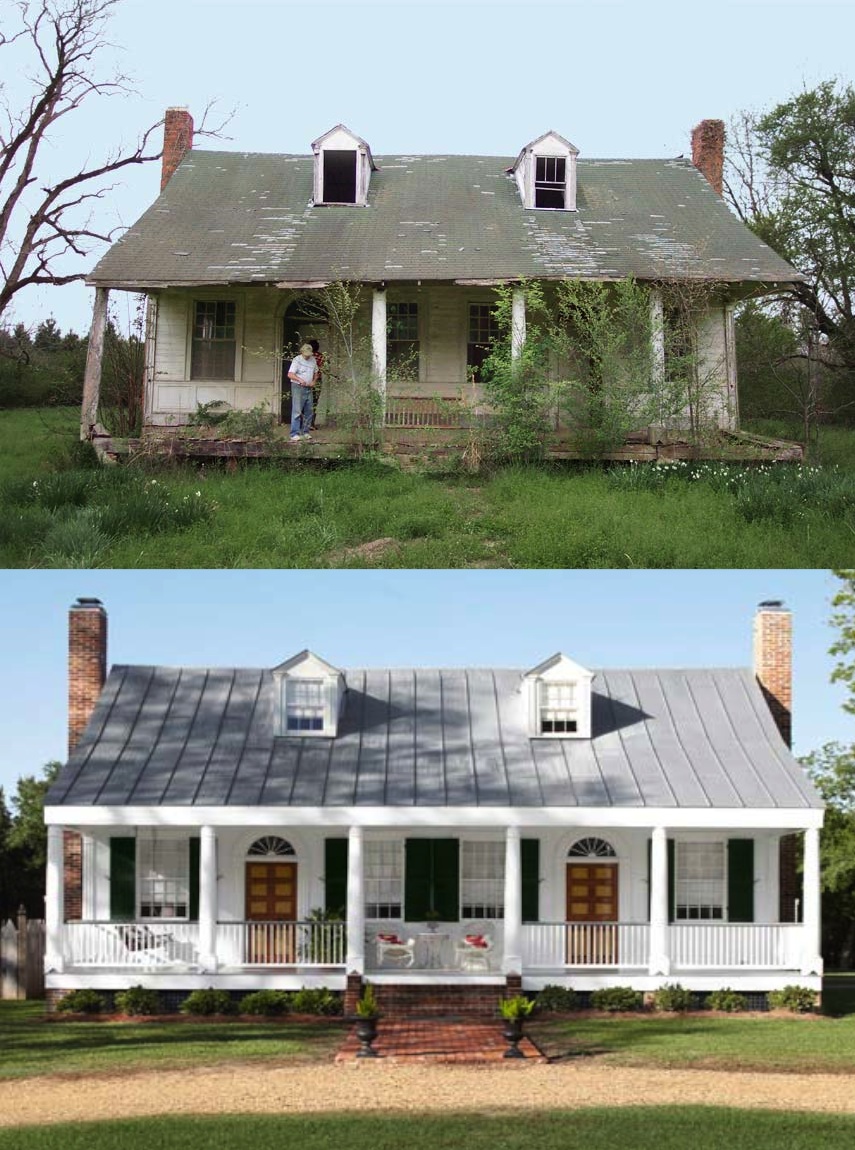Contractor Vetting Process: Avoid Costly Mistakes in Your Renovation
Conduct a complete preliminary assessment of structural situations, techniques, and
pequenas reformas de Casas historic features with qualified professionals specialized in historic houses.
Develop an in depth renovation plan that balances preservation priorities with code compliance and modern comfort requirements.
Engage licensed contractors and craftsmen skilled in period-specific restoration strategies and materials.
Secure all required permits and approvals early to keep away from regulatory setbacks, especially in historic districts.
Integrate energy efficiency and sustainability improvements thoughtfully, preserving aesthetics whereas enhancing comfort and lowering operational costs.
Establish quality management protocols during development, together with regular inspections and documentation.
Plan interior and exterior renovations to retain key craftsman elements corresponding to woodwork, porch details, and window types to maximize curb attraction and resale worth.
Assuring compliance with constructing codes and permits to maintain legal standing and insurance coverage coverage.
Guaranteeing skilled labor that meets exacting standards of supplies and craftsmanship.
Minimizing the chance of project overruns and unexpected costs via clear contracts.
Fostering clear communication channels to align expectations and adjustments effectively.Once the home’s core structural and system issues are addressed, consideration turns naturally to the interior renovation—one of the most impactful phases for enhancing livability and market appeal while preserving the craftsman essence.
Soliciting a number of bids and carefully evaluating proposals primarily based not only on worth but additionally on previous efficiency, status, and compliance with building codes ensures that the employed contractor can ship anticipated high quality within agreed costs. Transparent choice reduces the probability of contentious change orders and value inflation post-award.
Materials sturdiness based on manufacturer standards.
Workmanship high quality for a specified period post-completion.
Responsiveness to defect repairs and ongoing maintenance support.
Warranties reduce long-term costs by addressing latent defects without additional burden on the house owner.
Many craftsman properties have compartmentalized ground plans that can feel restrictive. Thoughtful wall removals or additions, respecting structural boundaries, can create open-plan areas that facilitate natural mild flow and family interaction. Removing non-load bearing walls between kitchens and eating rooms or opening up foyers can dramatically improve spatial experience without undermining overall integrity.
Recognizing geographical influences on craftsman house styles—whether the bungalow type predominant in California or the Prairie-inspired designs within the Midwest—guides appropriate material choices and renovation methods. Tailoring renovations to include locally sourced hardwoods or region-specific finishes can harmonize the home with its surroundings, enhancing curb attraction and decreasing alternative costs associated with inappropriate materials.
A major cause renovation tasks falter is unclear aim setting, which may cause scope creep, dissatisfaction, and wasted sources. Successful renovations begin with figuring out precise objectives—whether it’s maximizing usable space, improving vitality efficiency, or enhancing aesthetic appeal. Aligning these goals with budget constraints and timeline expectations creates a practical roadmap that holds the project to measurable benchmarks.
Avoiding permit-related fines, https://www.instapaper.com/ inspection delays, or project suspensions immediately translates into lower operating prices. Additionally, by foreseeing administrative bottlenecks via data analytics, companies can optimize resource allocation and reduce expensive idle time.
Craftsman home renovation is a multifaceted endeavor demanding a deep appreciation of architectural heritage mixed with modern building experience. Successfully preserving original components similar to woodwork, built-ins, and exterior details while upgrading the muse, systems, interiors, and vitality efficiency instantly enhances property worth, reduces future repair costs, and elevates occupant satisfaction.
Moving ahead, early adoption of emerging technologies similar to AI, blockchain, and AR can further revolutionize permit tracking, promising predictive analytics, unalterable information, and enhanced on-site inspection efficiency.
Before exploring the array of benefits and problem-solving capabilities, it is important to establish a detailed understanding of what permit monitoring software encompasses. At its core, this class of software allows users to observe and manage permits obtained throughout the lifecycle of building or renovation tasks, from application submission to last inspection approval.
 Accessible, up-to-date allow
Accessible, up-to-date allow status data permits all stakeholders—from clients and designers to regulators and subcontractors—to function with readability. This transparency reduces misunderstandings, reinforces collaboration, and aligns expectations, which in the end enhances customer satisfaction and repeat enterprise.

 Accessible, up-to-date allow status data permits all stakeholders—from clients and designers to regulators and subcontractors—to function with readability. This transparency reduces misunderstandings, reinforces collaboration, and aligns expectations, which in the end enhances customer satisfaction and repeat enterprise.
Accessible, up-to-date allow status data permits all stakeholders—from clients and designers to regulators and subcontractors—to function with readability. This transparency reduces misunderstandings, reinforces collaboration, and aligns expectations, which in the end enhances customer satisfaction and repeat enterprise.

